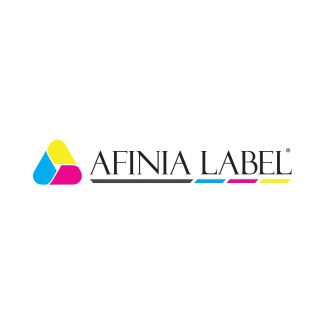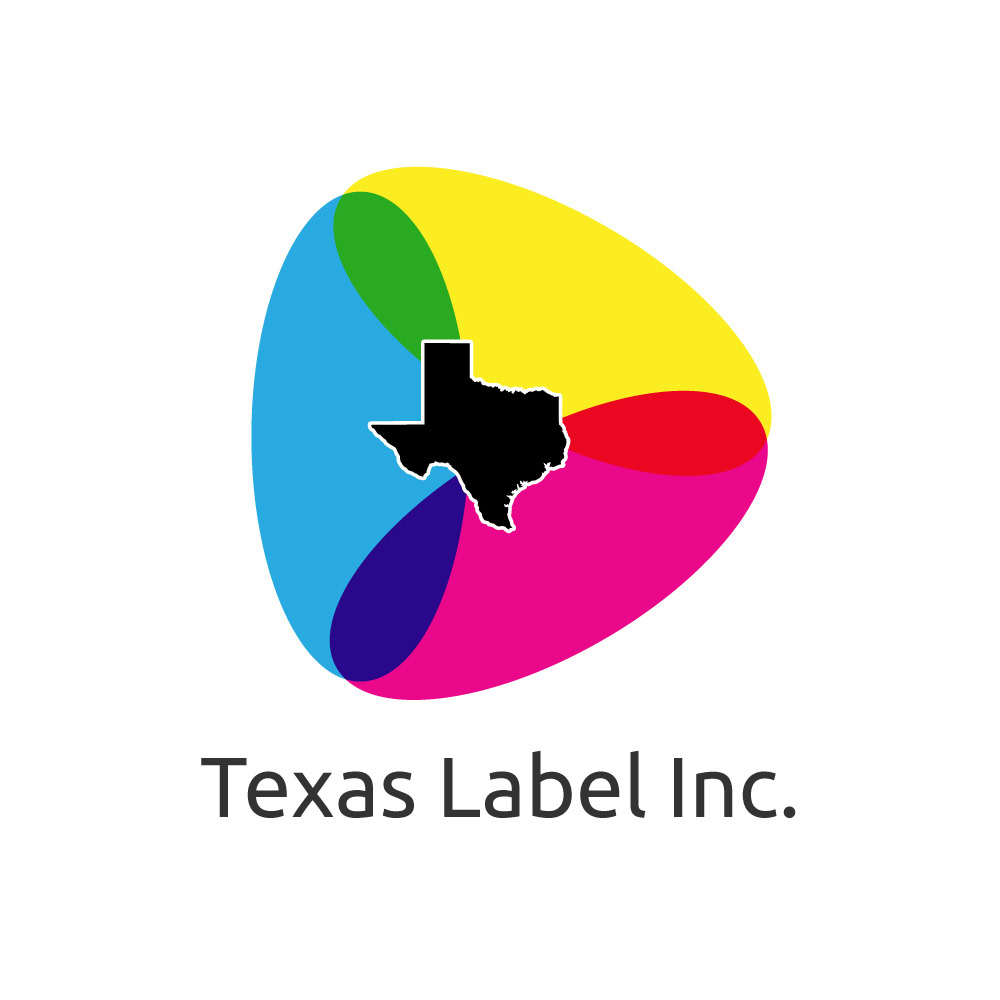
Many products on various markets have strict standards of information that needs to be included on the product label. Essential oils are a unique example, as they have only had such regulations as of 2014 when two essential oil manufacturing companies violating certain labeling regulations received warning letters directly from the FDA. This made it vital for all essential oil manufacturers to follow FDA regulations. The information required on the packaging label falls under several of these regulations. Learn about the labeling requirements for essential oils by reading below.
Botanical Name
One of the first pieces of information that must be included on the label of an essential oil is the botanical name. This is the exact name of the plant the oil is derived from. This is one of the main ways to identify exactly what the product is. Since all essential oils are made from the chemical compounds of plants, knowing the specific pant will provide the public with much important information about the product. This not the same as the plant’s common, more recognizable name (for example, lavender, eucalyptus, orange, chamomile, or bay.) Botanical names are necessary because there can be several types of each plant. These indicate the specific plant and type of the essential oil. For instance, lavender as an essential oil is labeled Lavandula Angustifolia or Lavender Latifolia. Lavender Angustifolia tends to have the higher value of the two. While the common name can be listed at the very top of the label, displaying the botanical name communicates to the costumer not only the identity, but why it may be more or less expensive.
Part of the Plant That’s Used
Another specific detail that must be displayed on the product label is the part of the plant that the oil was extracted and processed from. Even though many plants produce essential oils, they don’t store them in the same areas. Certain botanicals store can have oils extracted from their leaves and flowers, while some might get oils extracted from their rinds, seed, roots, and other areas. Certain plants and the oils that are produced have less benefits and therapeutic value than others. Depending on the plant and which part the oils came from, the product’s value will vary. It’s important to note there are several plants that can have oils extracted from multiple parts. And again, depending on which area it was extracted from, some products will vary in price even though they came from the same plant.
Plant’s Place of Origin
Just like how the plant’s specific type affects the outcome of the essential oil, so does the place that the plant originated from. While some of the same plants can grow in different parts of the world, they will vary in type. One of the biggest details the plant’s origin will affect is the oil’s biochemical composition. Because of this, essential oils derived from a plant in certain locations will have a more natural benefits than others. This allows the manufacturer to gauge the effects of using the product. Certain regions of essential oils will also affect the product value. For instance, if you’re purchasing French lavender as opposed to standard lavender sold in the United States, you’ll pay a considerably higher price.
Method of Cultivation
One of the most important labeling requirements for essential oils is the cultivation method. This refers to the method the plant was harvested. The entire farming method will have an impact on the oil and its effects. Often, the quality and overall integrity of the product is impacted by the method of cultivation. Since the type and presence of chemical compounds in certain plants are dependent on the natural region they come from, how the plants are farmed will also affect it. The type of farming process used remains traceable from the label, proving validation by a governing body. Including the cultivation method on the label ensures the oil can be followed from where it was harvested, all the way to where it got bottled. Certain methods are more painstaking than others, however these generally produce the highest quality product. Also, it’s important to note the plant will not develop as healthy as it should if it’s not grown in its natural habitat or with the use of any herbicides and pesticides. The method of cultivation on the label provides the public with this information, creating transparency with the consumer.
Batch Number
A helpful detail for tracing the patch of how an essential oil is produced is the batch number. The batch number’s presence on the label is crucial: it allows the product to be tracked from the farmer planting it, to the facility that extracts the oils, to the company bottling and labeling it,. This is an extension of the identification of the cultivation method, since the number’s registered with a governing body. This allows for inspection that proper FDA regulations are being followed as it moves through the different hands of the manufacturing process. Third party certifying bodies this detail and others on the product label to validate all the given information. Tracing a batch number allows specialists to make sure no other illegal or incorrect elements have been added anywhere in the oil.
Sell-by Date
Much like what we see with all food, pharmaceutical, and other cosmetic products, the essential oil product labels must include a sell-by date. Essential oils start to degrade after roughly two years, with the exception of a few that can last up to 15 years. When oils expire, they lose their effectiveness and therapeutic properties. Things such as oxidation, light, and heat can cause changes in the chemical makeup of the oils. Therefore, a properly displayed sell-by date ensures consumers are getting essential oil products still at a quality standard.
Find the best in a quality product label printer from Texas Label Printers. Here you can select from models and brands that offer the highest-quality machinery available, giving you the best quality product labels.




